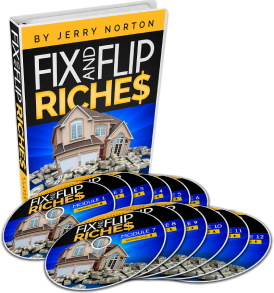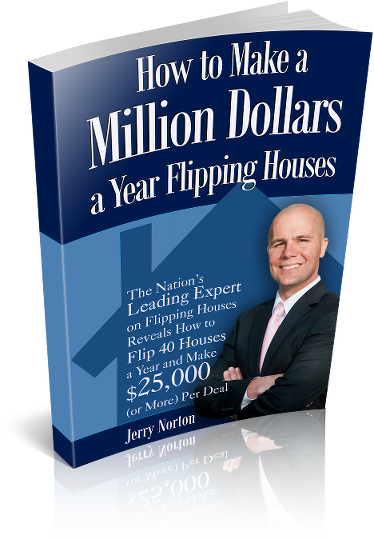
The Least You Need to Know About Flipping Notes
Most people have heard of flipping houses but hardly anyone has heard of flipping “notes.” So, what is the least you need to know about flipping notes in order to make money?
In real estate, when the term “note” is used, it refers to the loan on a property. A loan on a property is made up of two parts: the mortgage or deed of trust and the promissory note. The note spells out the terms of the loan and the mortgage/deed of trust pledges the property as collateral to back the note.
Believe it or not, private loans are bought and sold everyday since motivated note holders want to sell their private loans and note investors want to buy them. This is why there is huge opportunity for you and me to get paid referral fees for bringing together a note seller and a note buyer!
As one of the nation’s leading experts on flipping real estate, I’m here to tell you the least you need to know about flipping notes in order to start making referral fees.
First off, if you are interested in flipping private notes, it’s important to know what a note buyer looks at when analyzing a deal to determine if he/she should purchase the note and for what price.
The 2 most important considerations are:
- Perceived Risk
- Desired Return on Investment (ROI)
The biggest consideration when buying a note is risk. A note buyer will evaluate the likelihood of getting paid back in the event the borrower defaults on the loan. Here are 3 things note buyers look at when determining risk...
- Equity in the property – What is the loan to value or purchase to value?
- Borrower’s credit rating – How likely is the borrower able to qualify to refinance the loan?
- Seasoning – How long has the borrower been making payments on time?
The second consideration is ROI. Like all investors, note buyers have a desired ROI and their price to buy the note for is based on that desired ROI. In order to calculate the buy price, a note buyer will analyze interest rates on the note and the number of payments left, and then adjust their purchase price to accomplish their ROI.
Every note buyer will have different tolerances for risk and desired ROIs and thus offer different prices. Your job as a note finder is NOT to determine the buy price or if it’s a good note deal, but rather your job is to find motivated note holders who are willing to sell their notes, and get those note holders to agree to pay you 3% to 6% of the note sale price for finding a note buyer. Then, present those note deals to interested note buyers. At that point, the note buyers will give a price to buy the notes and if the note holders are willing, you’ve just flipped a note!
BTW - If making $4500 to $9000 per deal flipping notes sounds exciting to you then be sure to download my best selling ebook, How to Flip Notes in 6 Simple Steps for FREE!
Happy Investing! Until next time,
Jerry Norton




